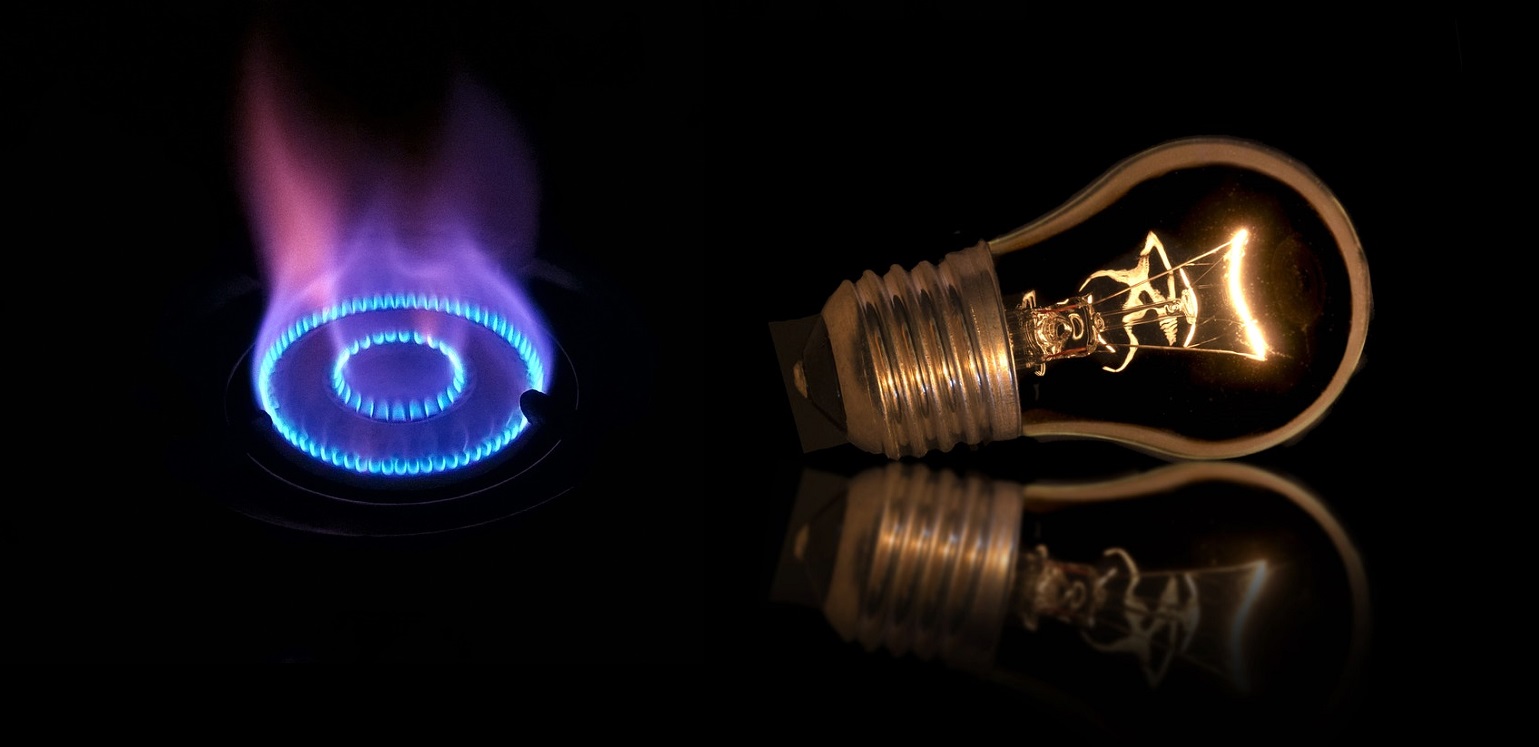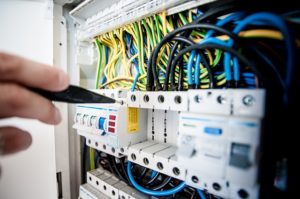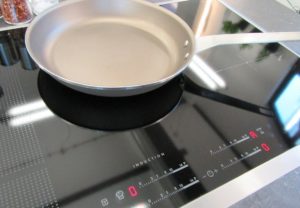
Commercial kitchen equipment is one of the largest investments any foodservice business can make, so it’s important to do your research before you buy anything. And there’s no better place to start than understanding the differences between gas and electric appliances and which is the best choice for your business.
Gas Vs Electric: The Pros and Cons
Installation and Cost
Overall, electric appliances tend to have lower initial purchase prices than their gas counterparts. Plus, complicated Gas Regulations, such as the Gas Safety (Installation and Use) Regulations 1998 and the Gas Appliance (Safety) Regulations 1995, and more intricate requirements mean the installation costs for gas equipment tend to be higher.
Gas-powered equipment requires the installation of running gas pipes, the appropriate ventilation system, with interlocks that meet the current safety regulations, and a gas cut-out valve, and they must also be installed by a professional. In comparison, single phase (13A) electrical appliances just need to be plugged into an outlet, and they’re good to go—making them not only cheaper but also more portable.
But despite having a cheaper initial outlay, electrical appliances are more expensive to run. While the running costs might seem negligible on a day-to-day basis, over the course of several years the savings you make using gas equipment will cover the difference in the initial purchase price. Also, depending on its size, some electrical appliances might require a higher voltage then you currently have, or a 3-phase wiring set up—driving up those installation costs.

Maintenance
In terms of ongoing maintenance, there’s a commonly held misconception that electrical equipment doesn’t need regular servicing. In fact, under the Health and Safety at Work Act 1974 and the Electricity at Work Regulations 1989 employers are obliged to protect their employees from harm by maintaining suitable maintenance programmes. Generally, gas cooking equipment tends to be more robust and cheaper to repair if there are any issues because there are far fewer component parts to break.
Gas appliances are also able to reach an optimum temperature much quicker than electric ones. 1 cubic foot of natural gas can produce 1.03 million BTU (British Thermal Unit) and 1 cubic foot of propane can produce approximately 570,000 BTU. For the electric appliances, it can take upwards of 303 kilowatt, hours to achieve similar results to propane gas. The flip side is with gas it’s much more difficult to maintain consistent cooking temperatures.
Performance and Ease of Use
From a culinary perspective, chefs have traditionally preferred commercial gas ranges because it’s easy to manually adjust the size of the flame, allowing for greater creative flexibility. But the cooking results vary wildly depending on the type of equipment you use. For instance, anecdotal evidence suggests that electric outperforms gas in deep fat fryers but produces a drier heat than gas when used in ovens, which is ideal for baked goods but less so for meat. 
Efficiency
There are also wider environmental issues to consider. Gas ranges are less energy-efficient because they produce much more heat and lose energy around the base of pots and pans, which can create a hotter, more uncomfortable, work environment and will also impact on ventilation costs. Electric appliances are also becoming ever more efficient, with induction ranges requiring 15-50% less energy than conventional gas hobs.
It’s also important to be careful with gas cooking equipment because gas leaks can occur with very little warning. Leaks can be extremely dangerous and will also halt operations until it is repaired. While leaks tend to be a priority service that utility companies resolve as quickly as possible, it can be an expensive inconvenience not only on repair costs but also on wasted energy.
Which is Best?
Ultimately, neither option is conclusively better than the other. There are pros and cons to each of them, and making a choice ultimately comes down to user preference, budget, planning constraints and personal circumstance. But there is no need to pigeonhole yourself—your kitchen doesn’t have to use exclusively gas or electricity. Sometimes a combination of the two is the most practical solution. 
For example, if your kitchen is predominantly powered by electricity, you will have an upper limit on your energy usage. If you’re currently operating close to that limit, investing in a new gas-powered fryer, rather than an electric one, for example, might be the only way of avoiding the additional expense of upgrading the electricity supply. If you have a mix of equipment, you’ll also be protected if there’s a gas leak and if there’s a power outage.
But if you want the best of both worlds, consider investing in appliances with dual-fuel sources such as the Lincat OD8007 6 Burner Dual Fuel Range. Dual fuel ranges allow you to have the best of both worlds, with the precise temperature control of electricity to heat the oven, and the traditional gas cooktop.
Whatever you decide is best for your business, you can find a comprehensive range of both gas and electric commercial catering equipment at FFD Catering Equipment.


